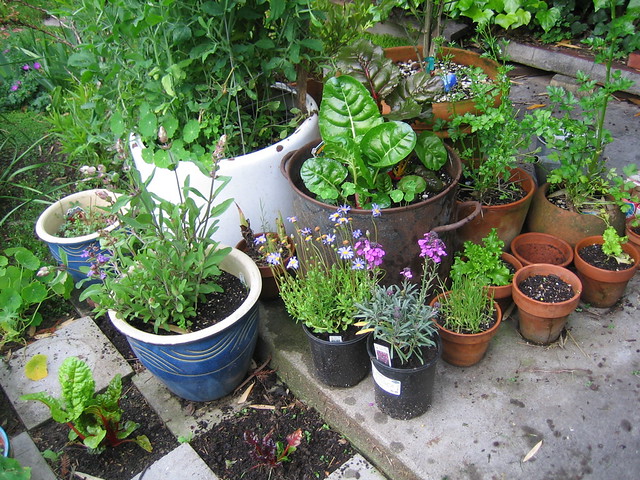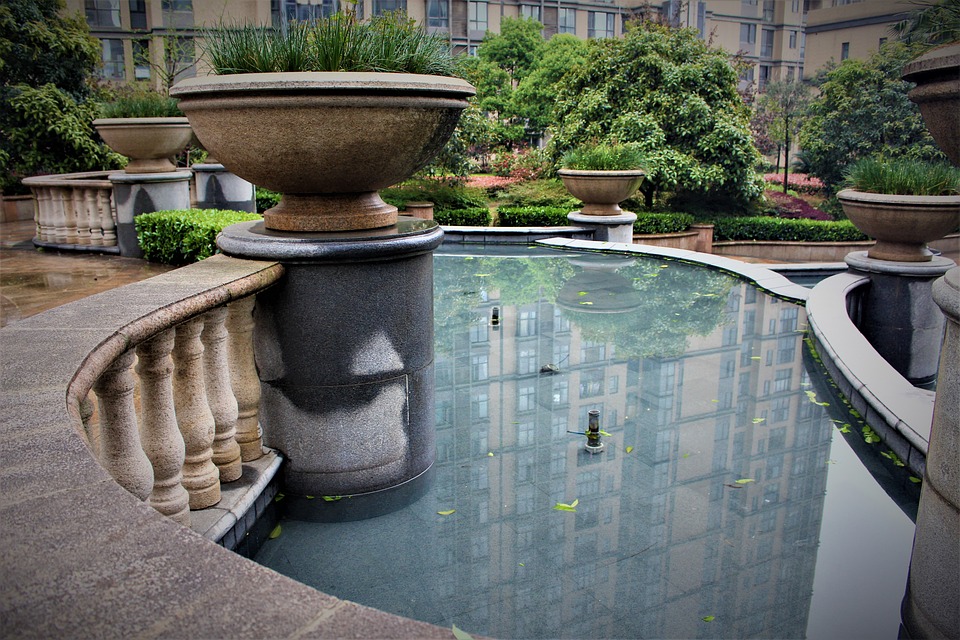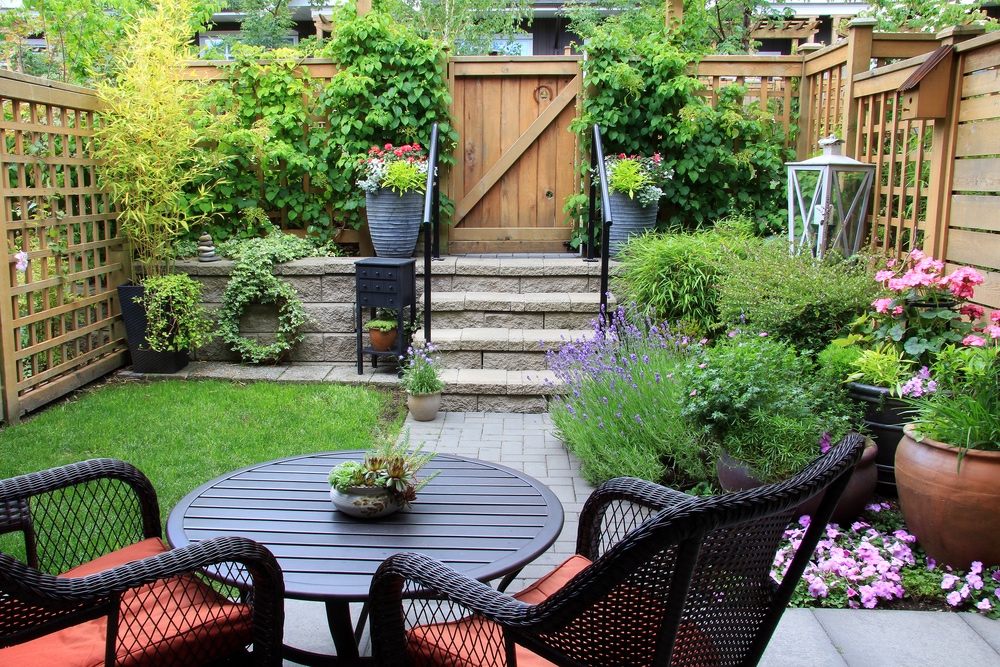Mint is a popular and beneficial herb. It comes in dozens of varieties, from the well-known peppermint and spearmint to alpine shrub mint with exotic flowers and unusual chocolate mint. You can use it in cooking, for jellies, seasonings, or teas. You can use it for skincare and treatment of indigestion. The fresh mint that you rub between your fingers has a heavenly scent!
Mint has long been a favorite herb, rich in folklore and history. A first-century cookbook lists mint in many recipes. The Greeks believed that mint was an aphrodisiac and did not allow their soldiers to eat it in any form. In the 17th century, scholars were advised to wear a mint crown to concentrate on their studies.
Mint is an easy plant to grow. It appreciates partial shade and moist soil, but it produces almost everywhere. Mint grows so well that it quickly invades a garden or small yard, choking out all other plants. It is, therefore, best to plan the cultivation of a mint garden carefully. Use a container when planting mint to prevent it from spreading. A large coffee can or milk carton with the bottom cut out will do. Mint also grows in clay pots or any other type of container garden.
Here are some tips to help you successfully grow your mint garden:
1) Since real mint plants are usually vigorous plants that can grow and spread quickly, some gardeners prefer to grow them in containers that will prevent them from spreading to areas where they don’t want them to grow.
2) Planting areas along walkways, patios, and decks are the right places to grow them where they can be more easily contained.
3) Corn mint (Mentha arensis), Corsican mint (M. requienii), Pennyroyal (M. pulegium), and peppermint (M. Xpipenta) are favorites with gardeners who want ground covers.
4) Mow your real mint plants if they become sluggish and frail, as mowing will promote thicker, bushier plants.
5) Every three years or so, divide the roots and replace the clumps in the spring or fall to make them look more attractive.
6) It is recommended to propagate true mints by cutting, dividing, runners, ground stratification, or runners, as many of these will not be reliably achieved if you try to grow new plants from seed.
7) Partial shade in the sun with moist, well-drained organic soil is the best environment for peppermint plants.
8) The best time to pick peppermint leaves is on a sunny day, just as the flowering starts in the morning, as the menthol is at its peak.
9) Peppermint plants should be moved periodically, as the plants often shrink if left in one place for too long.
10) Pennyroyal plants need moist soil in a shady place and are suitable for ground cover under trees where grass usually doesn’t grow.
11) A perfect use of Corsican mint is an aromatic ground cover in a rock garden where there is good drainage.
12) In areas where climatic conditions contrast quickly and powerfully with cold winters, a light cover of leaves, hay, or straw may be necessary to ensure plant survival.
13) Apple mint is the easiest to grow indoors, and if you give it five or six hours of direct sunlight a day, as well as regular pinching, it will become a beautiful bushy plant.
14) While all the real mints can be grown indoors, most other natural mint plants can become draggy if grown indoors.
A mint garden is a simple and easy way to fill in the empty spaces in your garden. Their stimulating and sweet scent will cheer you up and give you pleasure for many years to come.
Happy Gardening until then!


